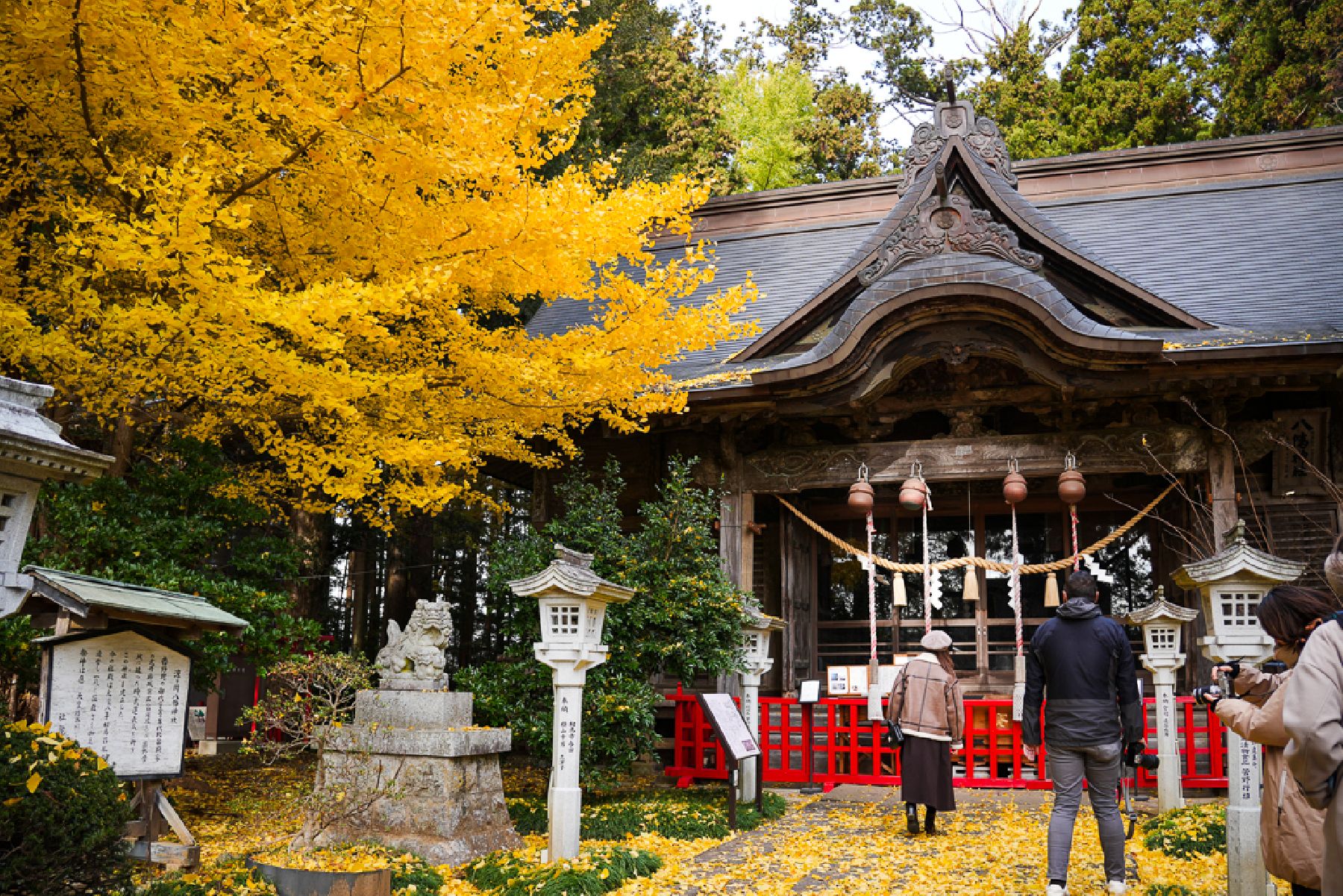History & Culture
Hozoji Temple
Hozoji Temple is one of the oldest and most historically significant temples in the Soma region, known for its vivid autumn colours. According to tradition, it was founded in 801 AD by the military commander Sakanoue no Tamuramaro as a place to pray for success in his eastern campaigns.Although detailed records from its earliest centuries have largely been lost, the temple’s existence is attested in a few surviving documents from the 10th to 13th centuries, indicating its long-standing presence in the area. Over time, Hozoji Temple became closely tied to the spiritual life of the region and continued to develop through periods of reconstruction and renewal.The temple grounds are known for their natural beauty, especially the large fir trees - some over 400 years old - and numerous maple trees that grow throughout the property. These maples have long been admired for their striking autumn colors, and historical accounts suggest that generations of Soma clan lords once visited the temple to enjoy the seasonal foliage.In addition to its autumn scenery, the temple is also home to several varieties of cherry blossoms that bloom even during the colder months, offering visitors a chance to experience seasonal landscapes throughout the year.Architecturally, Hozoji Temple reflects the layers of its long history. The Niomon Gate, constructed in 1647 by Soma Yoshitane, the second-generation leader of the Soma clan, is one of the site’s most notable surviving structures.Today, Hozoji continues to attract visitors, photographers, and locals who come to enjoy both its historical atmosphere and its natural surroundings. In recent years, an evening illumination event held during the autumn foliage season has become a popular way to experience the temple’s grounds in a different light. The illuminations are typically held across one weekend in late November (for reference, the 2025 illuminations took place on the three-day weekend of 22-24 November.)








